Solving Homelessness as a Community
REST Centres operates through a housing-first, community-driven model to assist BIPOC youth experiencing or at risk of homelessness; and to provide a solid foundation for independent living. With this in mind, we designed The Bridge of Hope program. Through the program, REST partners with community members to match youth tenants with rooms for rent. This helps the youth to live independently while maintaining a sense of belonging that can only be found in a stable home.
The Bridge of Hope program adopts a comprehensive process that involves landlord vetting, mediation of the initial tenant-landlord relationship, landlord sensitivity training, and ongoing practical support for youth.
Throughout 2022, REST has worked with 32 community landlords in the Peel region. Today, we shed light on the lived experience of a youth and community landlord (bridge builder) who has been a part of the Bridge of Hope Program.
Battling Homelessness: Lived Experiences
A community landlord in our Bridge of Hope program has made it her mission to help youth by opening the doors to her home to provide a haven. Cee* became a Bridge Builder after she was introduced to REST and realized the impact she can make in the lives of youths. She shares: 'I like being a part of the BOH program as I like making a positive impact in the youth's lives'. Cee recognizes that it comes with its challenges at times but it takes learning to work with different personalities and being respectful. She adds: 'If a problem persists, REST was always there, and I could call, talk to the staff, they listened and ensured they addressed the issue'. Cee encourages others to join the program to help young people from broken homes navigate their way through life.
Rae* was referred to REST Centres as her file with AYSP's RAIN program was about to close and she still needed help with her housing search. Reflecting on her experience with REST and the Bridge of Hope Program she shares: 'REST made me feel welcomed and included. They relate with the youth they work with and are always around to help, with zero judgement. The program helped me find housing and provides rent subsidies and grocery cards. Also, through the support of my case manager, I got a job and learned helpful saving tips'. Rae also shared that she is mentally in a better place now and knows she can turn to REST when needed.
Finding stable housing is a challenge for many BIPOC youths. The relationship management approach of the Bridge of Hope program goes beyond the typical tenant-landlord contract relationship, due to the involvement of REST team members who serve as a reliable mediator of sort to ultimately avoid unwanted evictions. At REST, we are on the path towards reducing the number of homeless BIPOC youth as we work alongside community landlords to maintain a situation where homelessness is uncommon and transient.
We believe the fight to end youth homelessness strengthens when the community gets behind it. Our hope is that the success stories of local communities to end homelessness will spur fresh ideas and plant the seeds of new standards that will make homelessness unusual and short-lived in the Peel region.
We welcome the involvement of individuals who share our passion and commitment. Developing a new narrative about homelessness will take a collective effort.
*Names changed to maintain privacy

